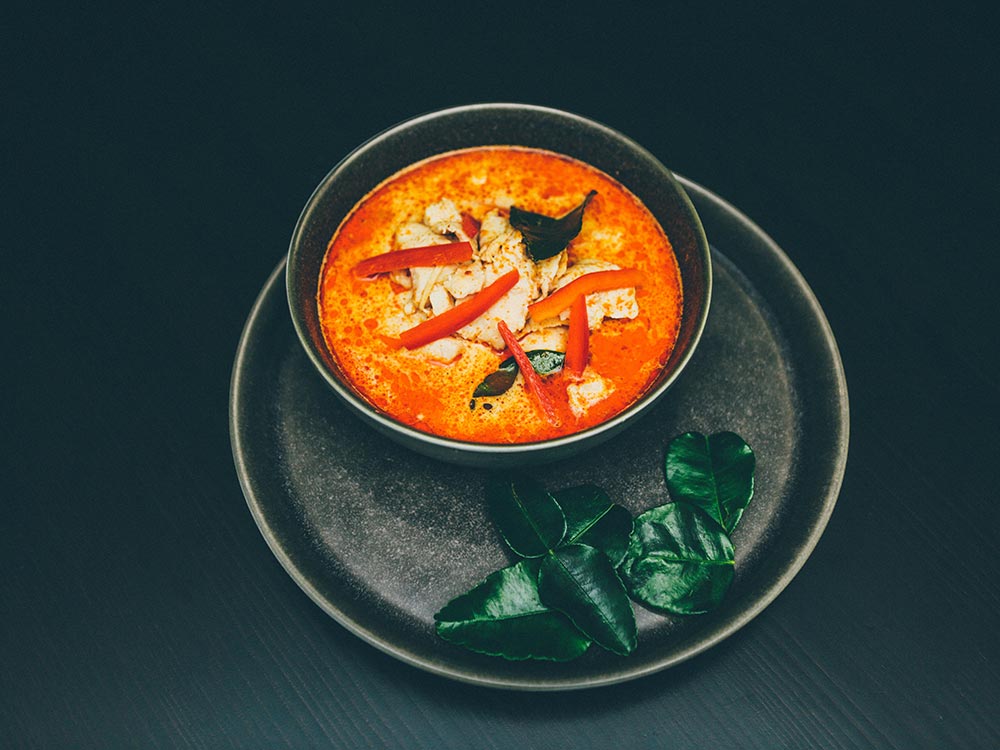Dill weed belongs to the carrot family. In cooking, its leaves are used as a herb and flavoring agent. It is extensively cultivated in India, Russia and Southeast Asia.
Dill Weed is also used as a garnish for soups and salad, in pickling and fish dishes. The fresh leaves can be dried for later use.
The seeds of Dill weed have been found to have medicinal properties for curing respiratory ailments such as asthma and bronchitis.
Dill has a mild, fresh flavor and is loved by both kids and adults. The herb is a member of the parsley family and is native to the Mediterranean region. Dill weed is used as a flavoring in many dishes, including fish, soups, vegetables and pickles. Although the tender leaves of dill weed are occasionally eaten in salads, most often they are used as an herb in cooking.
How To Store Dill Weed:
Store dill weed in an airtight jar away from heat and sunlight. The herb will stay fresh for several weeks when properly stored. When using dried dill weed, crush the leaves slightly with a mortar and pestle before using them to release their flavor.
Dill Weed Recipes:
Dill is a popular herb that can be used in all types of recipes. From fish and chips to chicken casseroles to potato salad, dill adds a delicious flavor that complements almost any meal or snack. The following recipes use dill weed to give your favorite dishes a fresh taste:
* Dill Potatoes – Mashed potatoes are made even better with the addition of dill weed. Potatoes are not just for dinner — you can also add these to your breakfast meal or make them for brunch.* French Onion
Dill weed is the herb that belongs to the family of apiaceae. It features feathery, fernlike foliage and small yellow flowers clustered in compound umbels. However, dill weed, also called anethum graveolens, is not a true weed; it is actually cultivated for its distinctly flavored leaves and seeds that are used in variety of dishes.
A true weed is a plant that grows where you don’t want it to grow. Dill weed grows best on damp soil high in organic matter and prefers full sun to partial shade. Since it is a biennial, dill weed must be planted each year to lay down more roots and increase its size.
When harvesting dill weed, cut the stems at ground level with a sharp knife or shears. To store it, stand bunches up in a jar of water like cut flowers. If you intend to use your dill weed often, consider planting perennial dill weed instead of biennial so that you can harvest fresh leaves all season long. Just remember to give it plenty of water.
Taste: The flavor of dill weed has been described as similar to caraway but sweeter with hints of citrus and anise undertones. It has been popular for centuries in many cu
Dill weed is an herb of the parsley family and goes by the botanical name of Anethum graveolens. It is a native of Western Asia, and has been widely cultivated in Europe for centuries.
The leaves of the dill weed are feather-veined and are about two to four inches long. They are dark green in color with a paler central vein. Dill weed tastes like dill seed, but milder and sweeter. The taste is more pungent than fennel or caraway seeds.
Asafoetida is a spice made from the dried latex exuded from the roots of certain plants. It smells like stink bugs, but in a good dish it is indescribably delicious, and in bad dishes it is indescribably disgusting.
Asafoetida powder is also known as Devil’s Dung in English, which would give you some idea of how bad it can be. In India, however, it’s called Heeng or Hing which are much nicer names.
We have several common plants whose leaves have this characteristic aroma; they include coriander (cilantro), anise, fennel, caraway and dill weed. The latter three are all umbelliferous herbs, and all grow wild in India. Dill weed is often mistaken for caraway because of its aroma, but it is actually quite different; dill weed has a stronger aroma than either coriander or fennel.
A few years ago I was having dinner with some Indian friends at an upscale restaurant in Bangalore. They ordered what they said was Chicken Tikka and Tandoori Chicken (the Moghlai versions). I told them that I thought chicken tikka was made using yogurt marinade instead
Asafoetida is a gum resin obtained from the ferulas, a perennial herb. It’s also known as “devil’s dung”, and “Stinking Gum”. The odor that emanates from its resin is so strong that it can be smelled from a mile away. In fact, as one of the most pungent smelling spices in the world, it has to be stored carefully because it will overpower any other food left nearby.
The name “asafoetida” is derived from Persian, meaning “fetid gum”. The plant is native to Iran, Afghanistan and India. In India, asafoetida is called hing and is widely used in cooking.
The fresh fruits of this plant are also eaten raw or cooked in some areas. They are said to have an earthy taste of their own. The root of the plant is also used for medicinal purposes.*
For many years, asafoetida was considered a medicine in western countries; especially during the plague epidemics of the Middle Ages when people believed that it could ward off disease. It was also once used during rituals by witches and wizards for casting spells on people who had offended them!
Asafoetida has been used for centuries to promote

